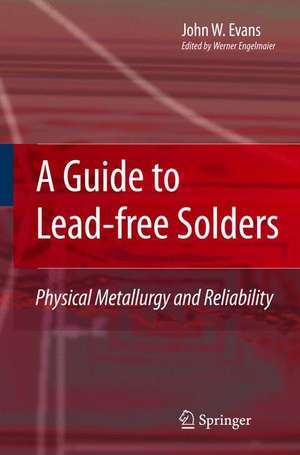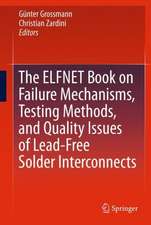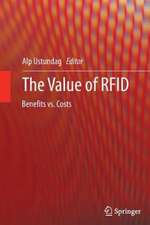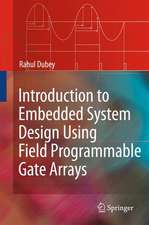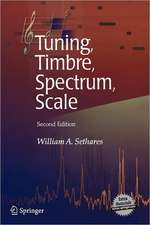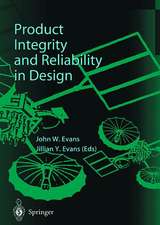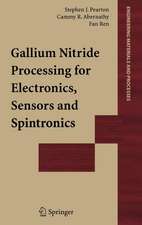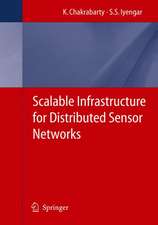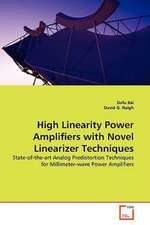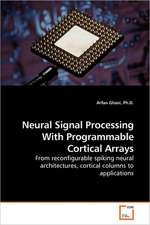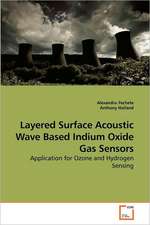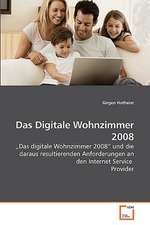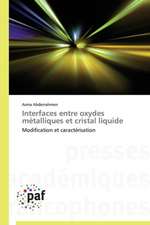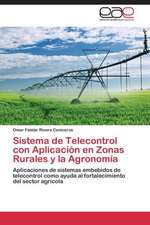A Guide to Lead-free Solders: Physical Metallurgy and Reliability
Autor John W. Evans Editat de Werner Engelmaier Contribuţii de Dong-il Kwonen Limba Engleză Hardback – 12 dec 2006
| Toate formatele și edițiile | Preț | Express |
|---|---|---|
| Paperback (1) | 935.67 lei 6-8 săpt. | |
| SPRINGER LONDON – 13 oct 2010 | 935.67 lei 6-8 săpt. | |
| Hardback (1) | 643.48 lei 6-8 săpt. | |
| SPRINGER LONDON – 12 dec 2006 | 643.48 lei 6-8 săpt. |
Preț: 643.48 lei
Preț vechi: 757.04 lei
-15% Nou
Puncte Express: 965
Preț estimativ în valută:
123.13€ • 129.15$ • 102.50£
123.13€ • 129.15$ • 102.50£
Carte tipărită la comandă
Livrare economică 01-15 aprilie
Preluare comenzi: 021 569.72.76
Specificații
ISBN-13: 9781846283093
ISBN-10: 1846283094
Pagini: 206
Ilustrații: XIV, 206 p. 114 illus.
Dimensiuni: 155 x 235 x 17 mm
Greutate: 0.5 kg
Ediția:2007
Editura: SPRINGER LONDON
Colecția Springer
Locul publicării:London, United Kingdom
ISBN-10: 1846283094
Pagini: 206
Ilustrații: XIV, 206 p. 114 illus.
Dimensiuni: 155 x 235 x 17 mm
Greutate: 0.5 kg
Ediția:2007
Editura: SPRINGER LONDON
Colecția Springer
Locul publicării:London, United Kingdom
Public țintă
Professional/practitionerCuprins
to Solder Alloys and Their Properties.- Packaging Architecture and Assembly Technology.- Wetting and Joint Formation.- Microstructural Instability in Solders.- Intermetallic Formation and Growth.- Mechanical Properties and Creep Behavior.- Thermomechanical Fatigue.- Product Assurance.
Textul de pe ultima copertă
While tin/lead solders have dominated the electronics industry for many years, environmental considerations and new legislation are forcing change. Backed by more than ten years of research in Pb-free solders, many electronics manufacturers are poised for conversion.
A Guide to Lead-free Solders is intended as a tool to help industry as it moves into a new era in the production and use of solders. An overview of the principles of soldering technology is provided beginning with the theory underlying each concept. Focusing on the most up-to-date methods for testing and characterization, these theories are then reinforced by experimental examples and industrial applications.
• Addresses key issues in assembly from a materials point of view.
• Gives the reader convenient access to data essential for the proper evaluation and employment of cutting-edge ternary Sn/Ag/X solders
• Allows comparison of the performance of Pb-free solders with that of standard eutectic SnPb.
Although primarily of interest to professional design and reliability engineers working in electronics assembly and manufacturing, A Guide to Lead-free Solders will also be valuable for graduate students looking to apply expertise in materials, mechanical or electronic engineering in this industry. Researchers in electronics and materials will find the latest research at their fingertips together with the likely directions industry will need from such research in the future.
A Guide to Lead-free Solders is intended as a tool to help industry as it moves into a new era in the production and use of solders. An overview of the principles of soldering technology is provided beginning with the theory underlying each concept. Focusing on the most up-to-date methods for testing and characterization, these theories are then reinforced by experimental examples and industrial applications.
• Addresses key issues in assembly from a materials point of view.
• Gives the reader convenient access to data essential for the proper evaluation and employment of cutting-edge ternary Sn/Ag/X solders
• Allows comparison of the performance of Pb-free solders with that of standard eutectic SnPb.
Although primarily of interest to professional design and reliability engineers working in electronics assembly and manufacturing, A Guide to Lead-free Solders will also be valuable for graduate students looking to apply expertise in materials, mechanical or electronic engineering in this industry. Researchers in electronics and materials will find the latest research at their fingertips together with the likely directions industry will need from such research in the future.
Caracteristici
Covers all aspects of lead-free solders from physical properties to product assurance The reader will be able to choose new solders more suitable to the climate of legislation and public opinion based on a comparison of their strengths and weaknesses and with the properties of the lead-based solders currently in use The theoretical basis of the book will allow solder producers to make solders with more desirable properties in the future Includes supplementary material: sn.pub/extras
